While construction is booming across the entirety of Williamsburg’s waterfront, one of the first mega-projects of this development cycle to wrap will be 420 Kent Avenue’s three residential towers. Totaling 857 units, the last two buildings are preparing for an imminent opening day. YIMBY sat down with the project’s developer Eliot Spitzer of Spitzer Enterprises to discuss the latest happenings at the ODA-designed site, the former governor’s plans for Hudson Yards, and the perils of potential population loss across the five boroughs.
What’s the current status of each of 420 Kent’s three buildings?
There are three towers, actually two buildings, because the second and third towers come out of one base. The first building at 416 Kent has been open for a number of months. I’m proud to say it is now 100-percent leased. [There is] literally not a vacancy in the entire building, and it’s filled with a lot of happy tenants. The second building with the second and third towers will be occupied starting in about two weeks, and leasing there is continuing at a happy clip. The last bit of construction is finishing up as we speak.
What’s the unit breakdown of each one of those buildings?
It’s 857 total. It is basically 600 in the pair, and then the remainder in the first tower.
Has construction on any of the components had any unique challenges, and if so, how were these addressed?
Anything on the waterfront is difficult. The foundation work requires complicated dewatering processes, because even though the river appears to end right at the waterfront, the ground is porous, so water pours into the deck when you’re doing the excavation. We had to drive over 880 piles down 90 feet each to bedrock, so we were really working inside a bathtub that we built to keep out the water. We have to pump out a thousand gallons a minute. So that is something that is truly complicated, drives cost up, and anybody that has built on a waterfront has gone through something similar to this on a rather large scale. Obviously, we anticipated this, but it was part of the process and it was one of the challenges.
What prospective retail tenants will occupy 420 Kent?
We’re going to have a spectacular restaurant. Seawolf, which is in Bushwick, is going to have a presence right on the waterfront. I’m anticipating great things for them. They’re a cool restaurant. If you haven’t gone to their place in Bushwick, it’s awesome. They will be about 50 yards from the ferry stop, and the setting is spectacular. We’ll have some doctors, a doggy daycare-type facility, maybe an expansion of a school. And, we’re toying with potentially another restaurant as well up on Kent. So, we’ll see. Seawolf is going to be a home run and I think everyone’s going to want to go there.
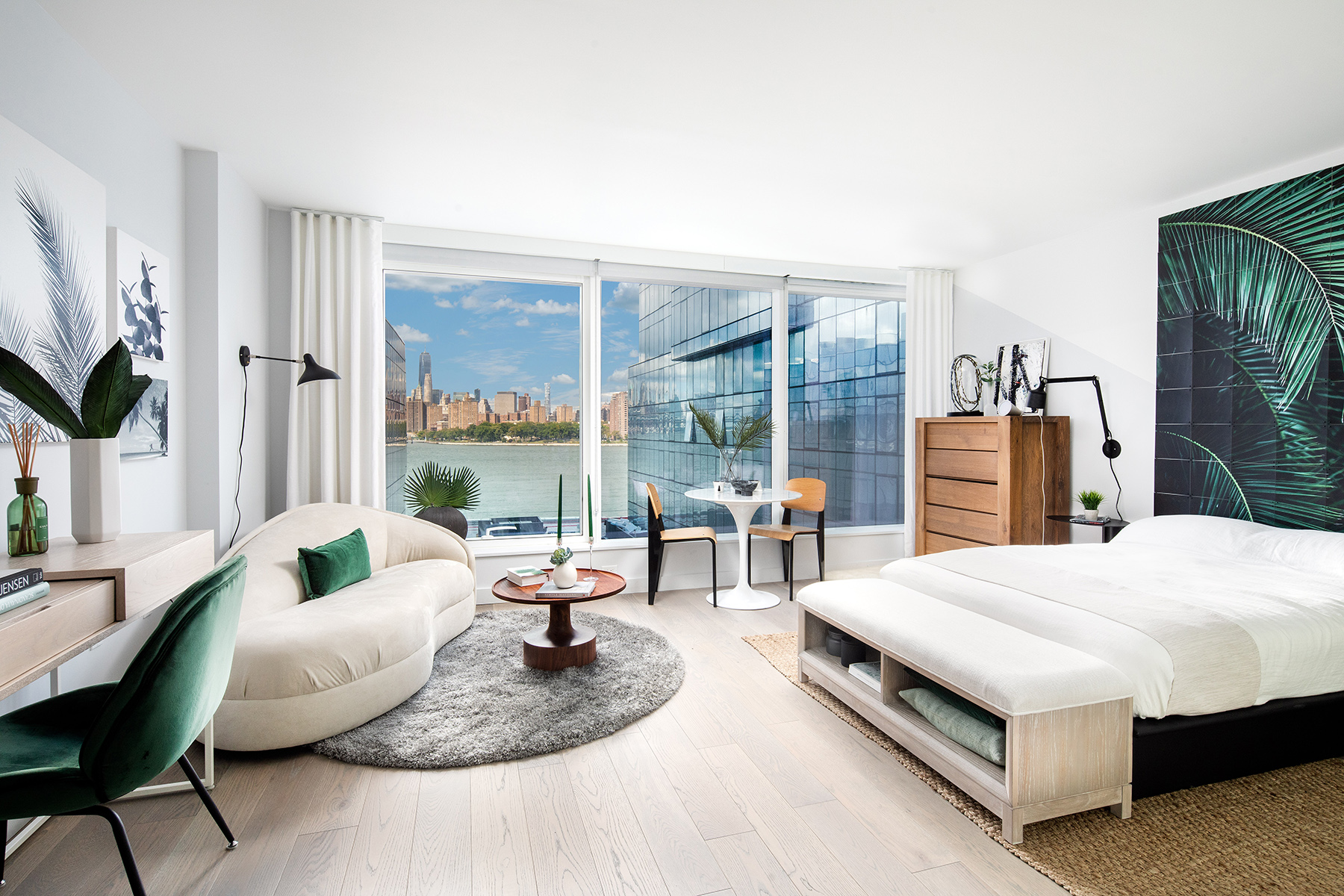
Photo by Travis Mark
With Domino anchoring the Williamsburg waterfront with its class A office space, and with new office developments also flourishing into Bushwick, have you seen an increasing influx of renters who are both living and working in Brooklyn?
We have. Williamsburg and Brooklyn are increasingly live and work destinations. People are working in downtown Brooklyn and coming to live in Williamsburg, or living and working in Williamsburg. There’s obviously still a substantial number that do cross the river into Manhattan. But the creative new businesses, there’s substantial percentages that are working in Brooklyn in those same sectors, media in particular. There’s also significant numbers of self-employed millennials who are working either at home or in a co-working spaces in Williamsburg. So, it’s a much more complete neighborhood now.
New York City’s hemorrhaging of residents has reportedly worsened in recent years. What improvements would you envision to reduce the bleed?
I think this is an important issue. One the critical data points that I always look at to determine the health of the urban environment is whether population is growing or shrinking. And you obviously want it to be growing. You want people to be moving in. That drives demand for everything from housing to restaurants, to every other service out there. It breeds a healthy economy. And so this is a worrisome data point for New York City and something people who are making policy decisions should focus on. And people who are making it harder and harder for people getting in, to get housing and live here, should worry about the consequences of their policies. The actual impacts are often contrary to intended impact. I would focus on transportation, which is critical. Cities live and die on transportation. I would focus on housing. We need more housing. We need it desperately. I’m not sure the policies of the state are moving us in the right direction. That’s a separate conversation. But, housing and transportation are the critical issues right now.
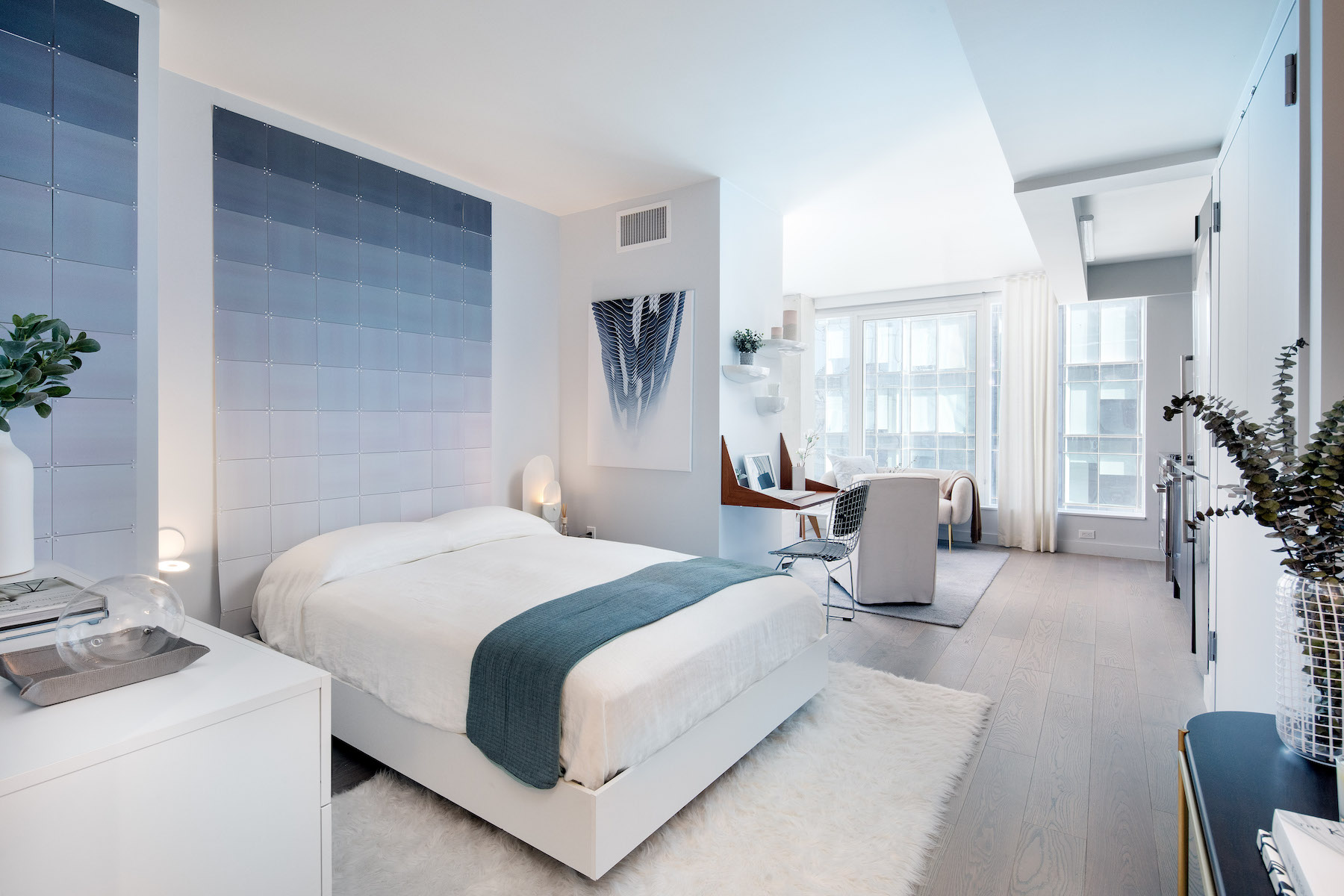
New bedroom model for 420 Kent, photo by Travis Mark
Do you think anything extra could be done in Brooklyn or Williamsburg specifically to help retain and attract new residents?
I think transportation is the key. I think we’re seeing significant supply coming online: look at the Williamsburg waterfront, with what Domino is doing. What we’re doing. What is happening a little further down on Kent. All of those added units are good because the more units there are, the healthier the market will be. It’ll work throughout the entire market. [For] transportation, I think the idea of building the Red Hook to Astoria line, whether it’s a trolley or high-speed busses, is very important. I think that the ferries work extraordinarily well. I know there’s a heated conversation out about the cost, the amount of subsidy, but if you look at the amount of people who are using those ferries to go back and forth, not only from Brooklyn to Manhattan, but from every borough to every other borough, it is significant. The ferries add a new dimension to New York city’s transportation system. And that’s very important.
What comes next for Spitzer Enterprises after 420 Kent, and how is your Hudson Yards site coming along?
We’re about to break ground on the first Hudson Yards tower. That is very exciting there. We’re partners with Related. I know, again, people have had different views about the aesthetics of Hudson Yards. But, I think what they’ve created is remarkable. It’s a new city: they have added tens of millions of square feet of commercial and residential space. It’s healthy. It creates jobs here, creates housing. I think it’s wonderful. We are proud to be a partner with them in that complex. We’re starting a 400,000-square-foot residential tower in a matter of days, and after [that], we will be building a million-square-foot office tower. So, that’s exciting. It’s a big project for us. We just finished a big project in Washington where we were partners with Rockrose, which is with the Elghanayan family. That’s an 800,000-square-foot project. So, we’ve been busy and plan to keep busy.
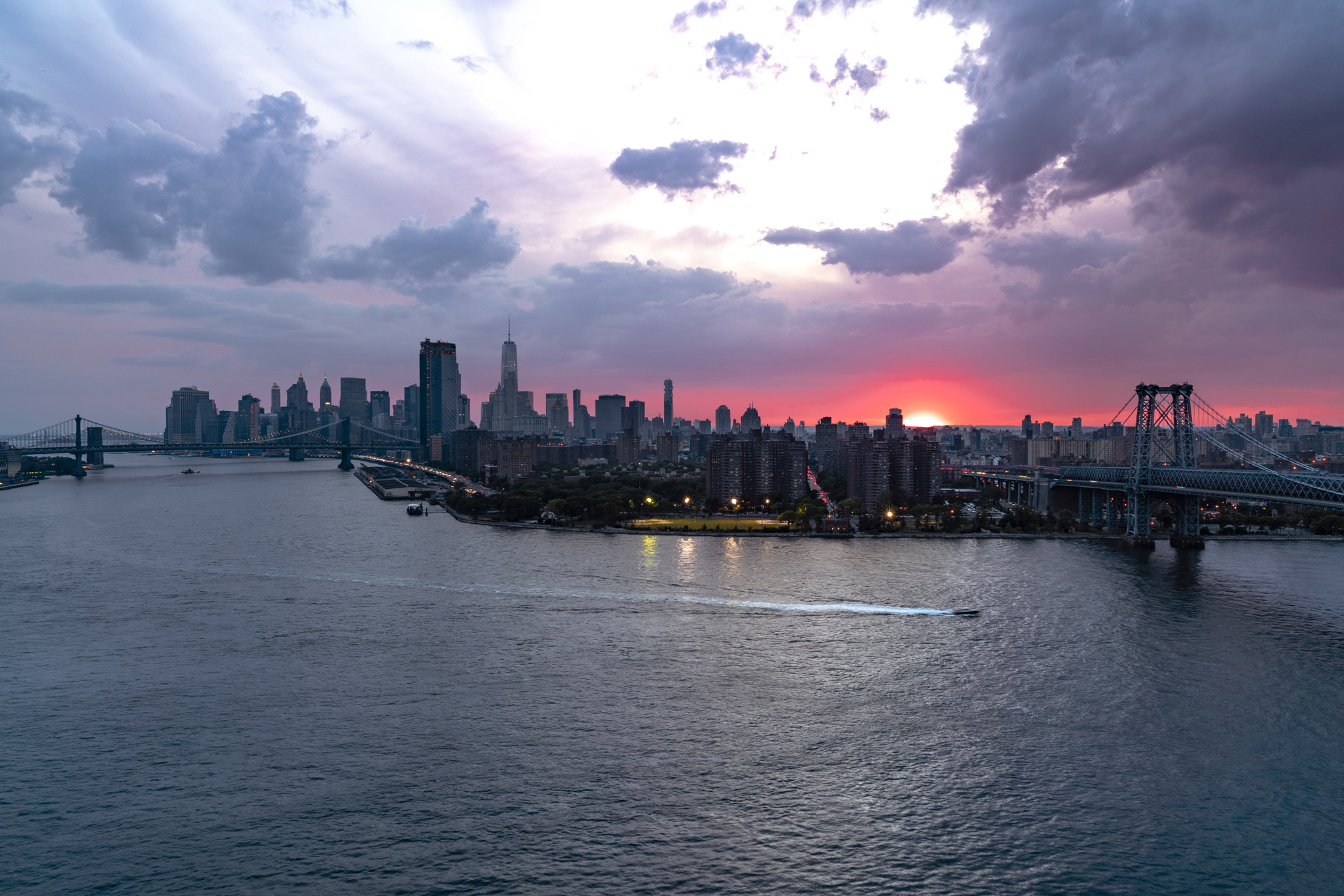
Photo by Travis Mark
Will your million-square-foot office building top the 1,000-foot mark?
No. It won’t be that tall. It will be a more proportionate type of structure. It will be right on the Hudson Boulevard Park. It’s an exquisite location.
Subscribe to YIMBY’s daily e-mail
Follow YIMBYgram for real-time photo updates
Like YIMBY on Facebook
Follow YIMBY’s Twitter for the latest in YIMBYnews



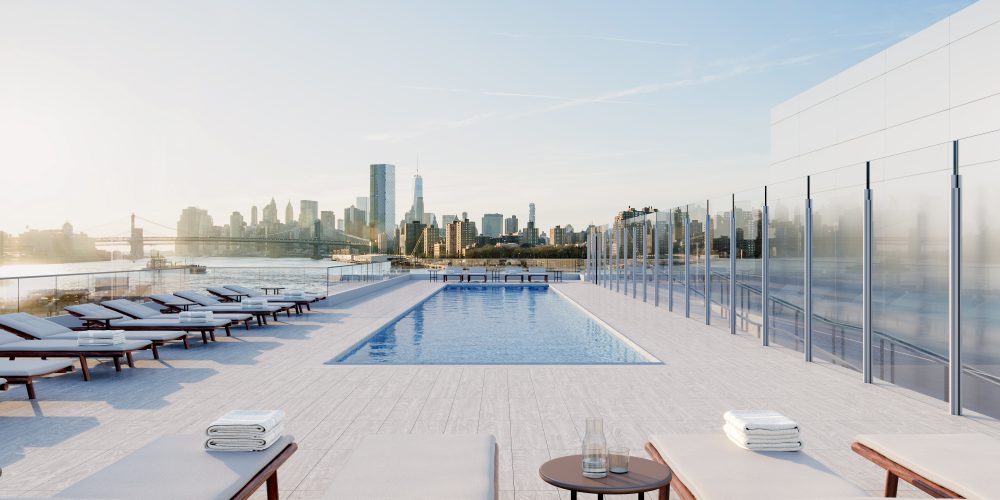
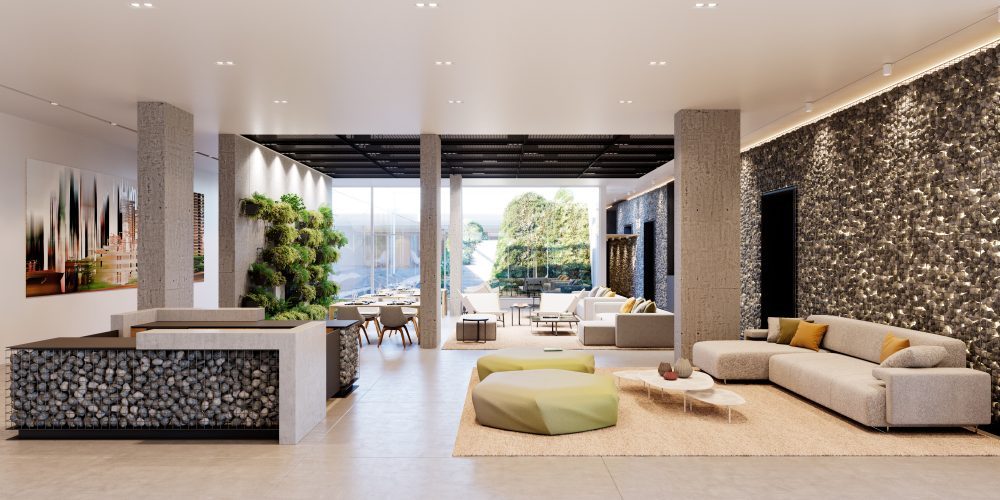
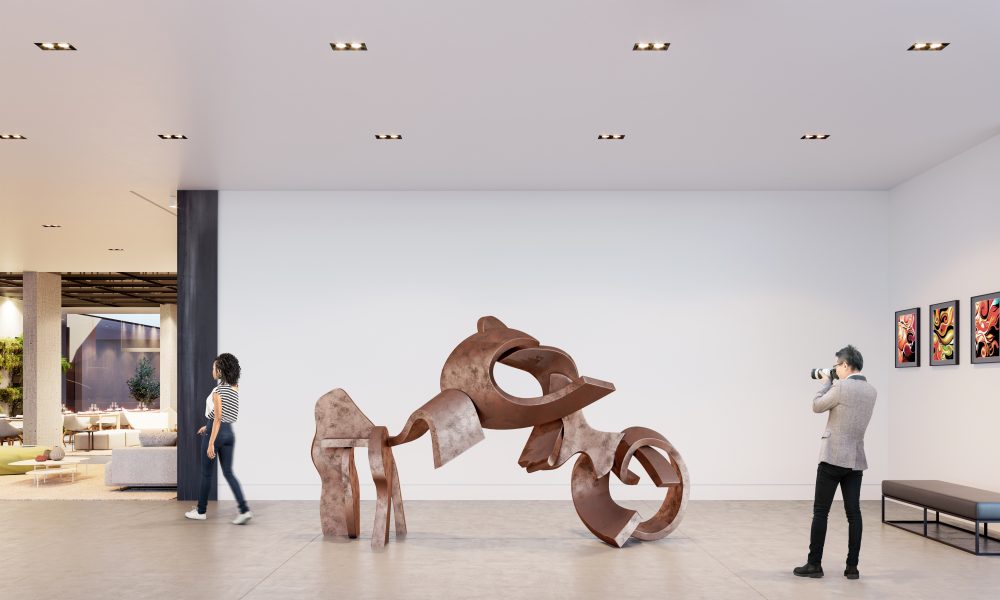

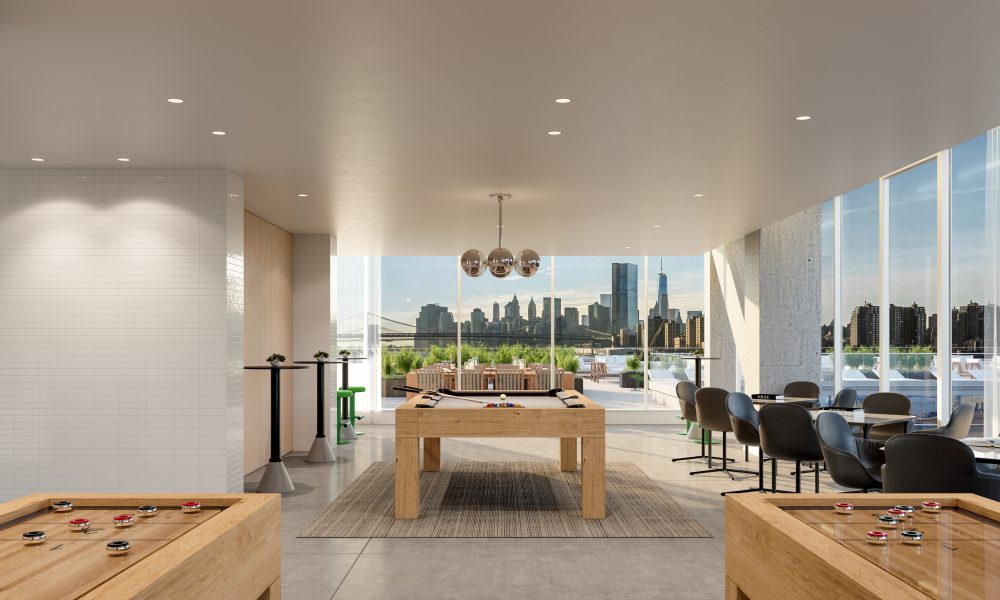
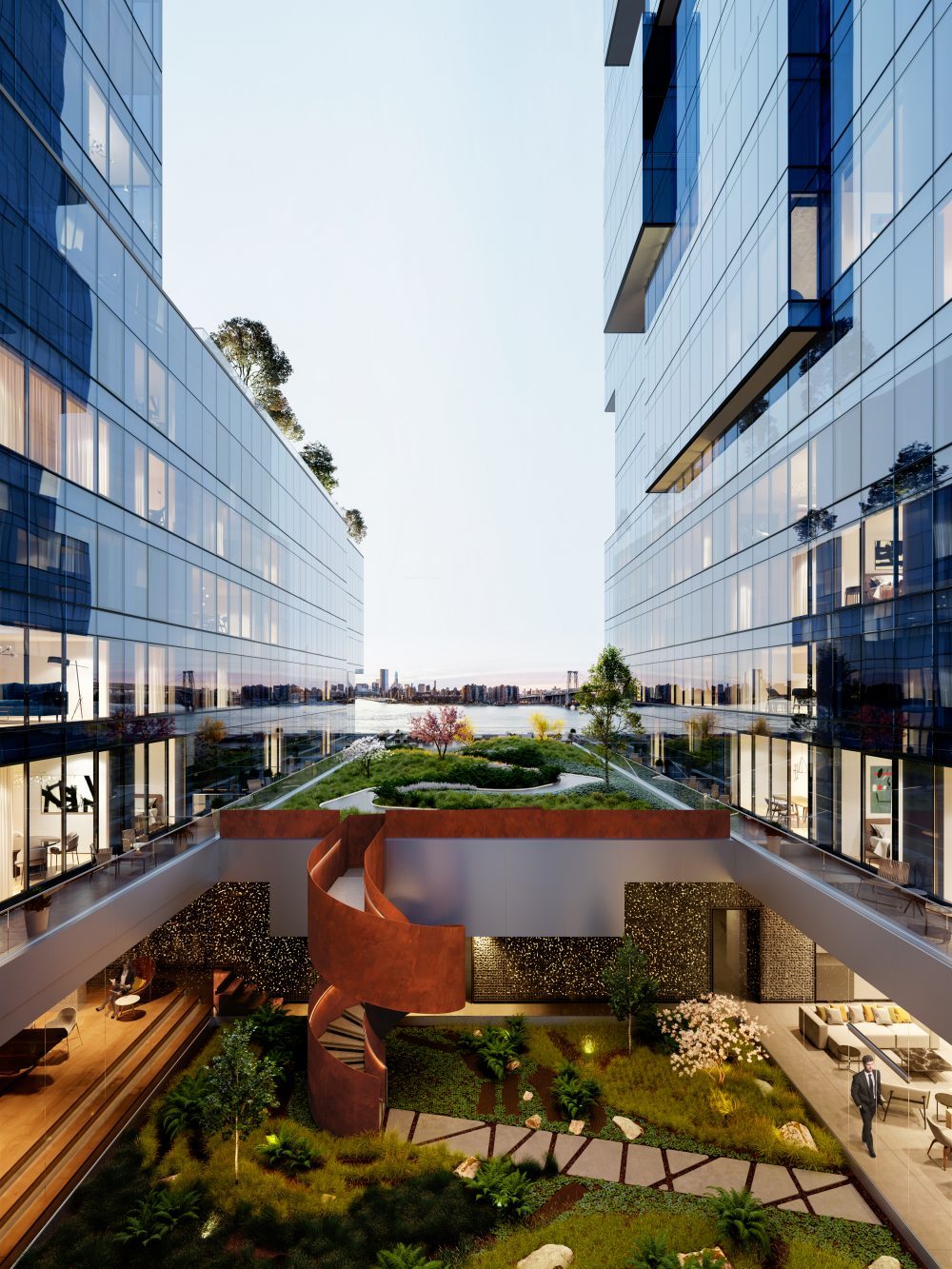
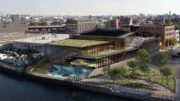
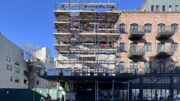
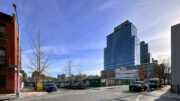
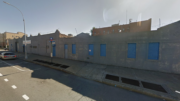
Heavy and ungainly with cheap interior decor.
I was the first! What happened to my comment?
Looked great on paper, but the widows already look dirty from water stains running down. It looks cheaply built compare to the rendering. Also what concerns me are the narrow sidewalks these buildings have, and not only them but a lot of buildings on Kent have small side walks. Which I don’t understand why knowing they are expecting these project to attract foot traffic. I don’t understand this city because I’m pretty sure there is a standard sidewalk width. But for an area you are trying to make up and coming this is just stupid and poor planing. They are going to have the same problems those condos have north of the Willy B Bridge, with people walking on the bike lane because of overcrowded sidewalks. Putting many people at risk.
These glassy residential buildings need to die a quick death. They look like cheap suburban office parks extruded into tortured architecture. This city needs more masonry and substantial construction.
The exterior detailing actually looks pretty clean and well done. Often the corner details on this sort of “jenga” tower end up looking bad.
The curtain wall is impressive, even in close up detail, the corners and the joints look great. The tempered glass is a bit wavy, and with the high reflectivity it is a bit of a detraction. Maybe they should have used a thicker laminated glass for the outboard. Its clearly an engineering piece of work. Bravo to ODA for such innovation in design. There will be a lot of happy residents with fantastic views, and convenient commutes.